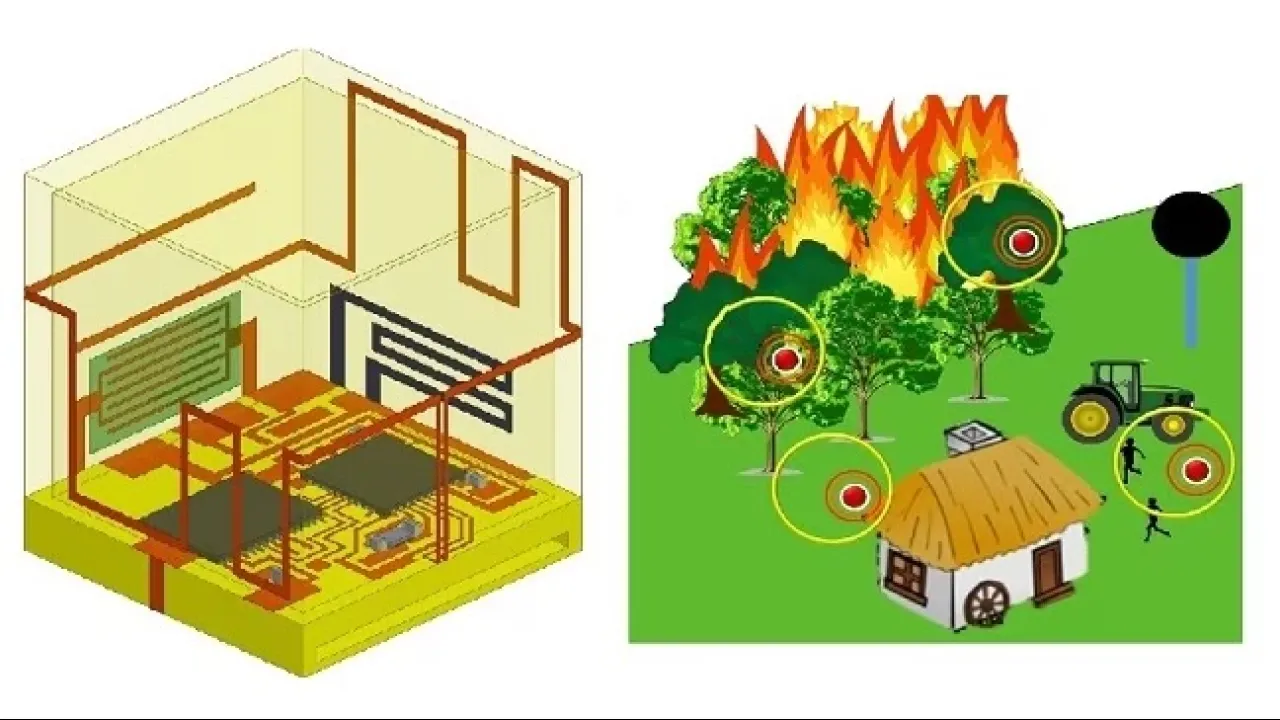
Smart sensors could save lives
3D-printed, disposable sensors capable of detecting noxious gases and changes in temperature and humidity could revolutionize environmental monitoring.
About
In an emergency, early warning is key to escaping from a hazard, such as a forest fire or a chemical leak. Motivated to improve on safety, a team from KAUST is using 3D printing to develop a cheap, reliable system to signal danger.
Existing early warning systems rely on satellite monitoring, watch towers or expensive fixed sensors. The system, developed by a team led by Atif Shamim, works by saturating high-risk areas with disposable packages of sensors (sensor nodes) that are linked wirelessly to fewer fixed nodes that raise the alarm.
Shamim sees this as part of a drive toward an internet of things, “Where infrastructure makes smart decisions in place of humans.”
This proof-of-concept study designed small sensors that can pick up heat and low humidity, both hallmarks of forest fires, as well as hydrogen sulfide, a toxic industrial gas. These small sensors were inkjet-printed onto a 3D-printed, 2-cm3 node containing a battery and microelectronic circuit board along with an antenna that transmits in any direction.
Shamim says they adopted 3D and inkjet printing, "the next revolution in industrial manufacturing” because they are additive processes, making them fast, low-cost and environmentally friendly. “Material is deposited in precise quantities only at the desired location,” he explains. “Traditional manufacturing methods take bulk material and gradually remove material to realize the final shape, resulting in significant wastage.”
Read the full article.

